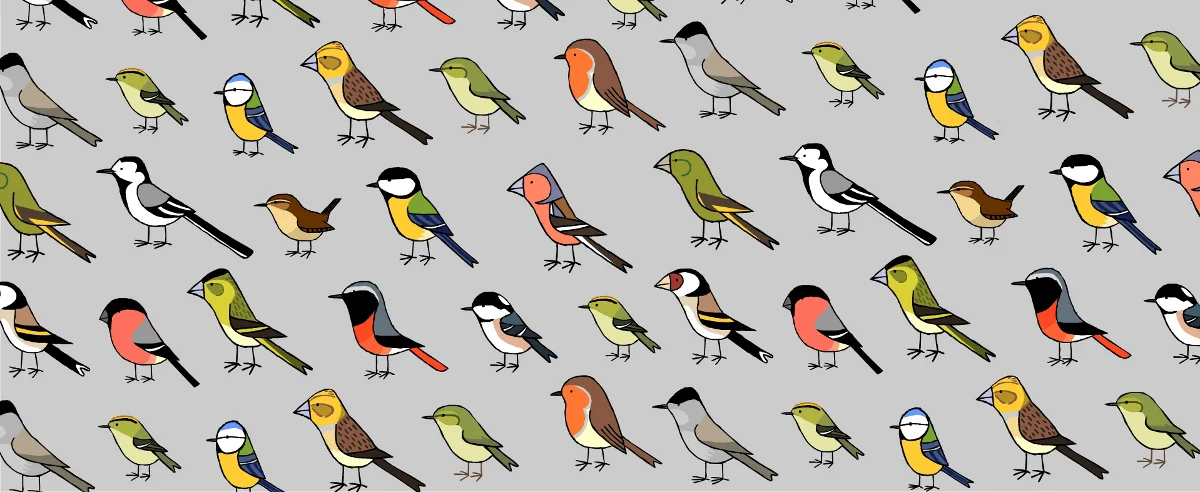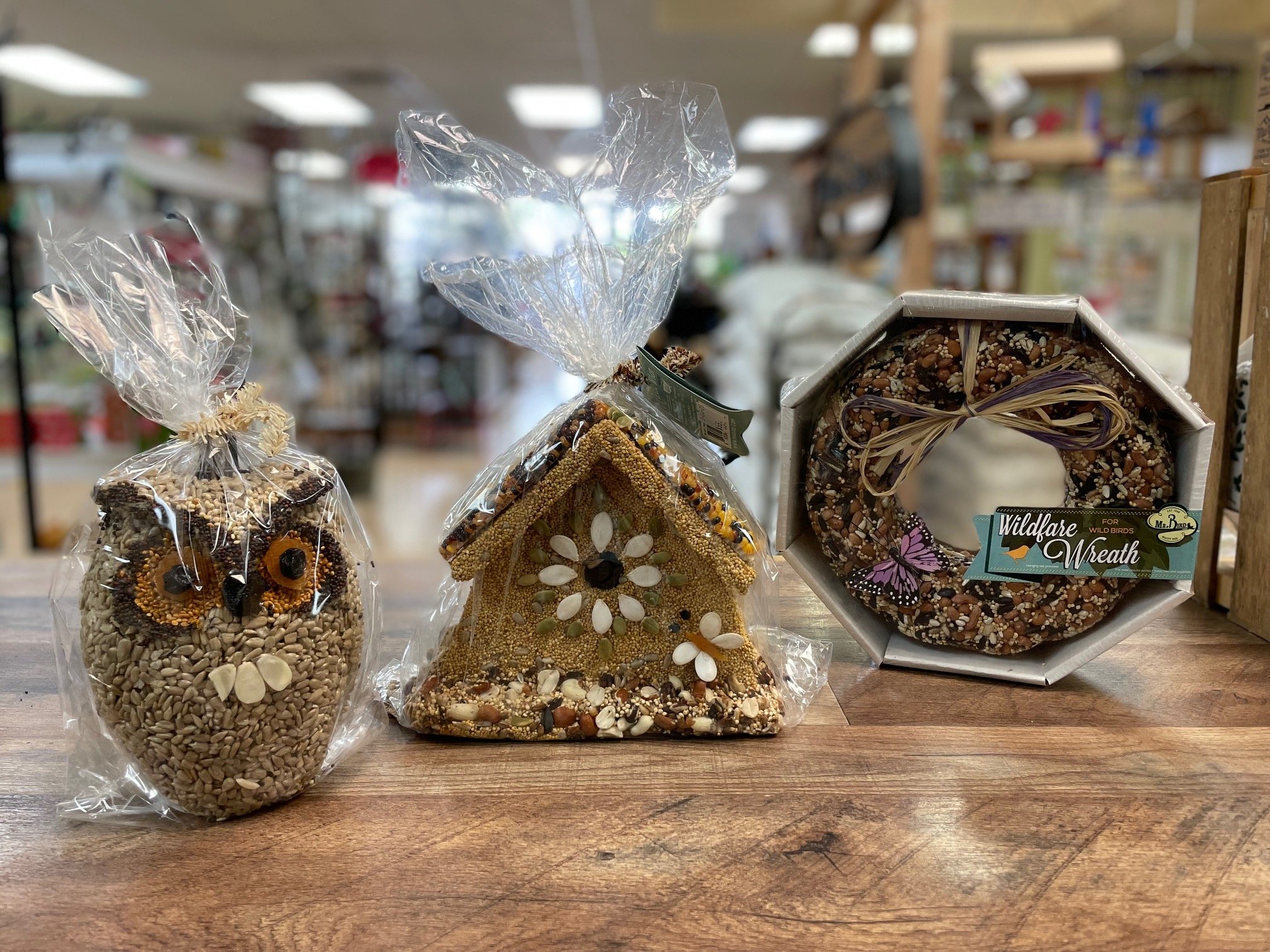Bluebird Nestling Progress
Today marks one week since our Back Alley Bluebirds hatched, and their progress is remarkable! Being able to observe the changes from day to day is one of the many reasons we encourage folks to monitor their nest boxes. Already, they have nearly doubled in size, and their feathers are beginning to grow in. They are also becoming increasingly loud. As I sit behind the counter writing this with the back door open, I am able to hear the high pitched peeps when one of the parents arrives on the box with a mouthful of juicy mealworms. If you have ever heard this sound coming from your box, this is the begging call of the babies. At this point in their development, they weigh a mere 0.6 oz. To put that into perspective, that’s the weight of three quarters! Their eyes are just beginning to open, and they are now able to raise their body up to beg for food. They may sound pretty helpless, and that’s because they still are at this stage. (They are only a week old, after all!) All this makes the next fact all the more impressive… By the next weekend, they will be fully grown, capable of flight, and ready to fledge the nest! Once the eggs hatch, it only takes the babies (or nestlings) 14-16 days to develop and leave the nest.
Baby Eastern Bluebirds after 7 days
Photo by Eli Haislip
Mother’s Day Gifts
Female Eastern Bluebird
(The mother of our bluebird babies!)
First and foremost, Happy Mother’s Day!
Mother’s Day is this Sunday, and we’ve got you covered if you are in need of any last minute gift items! For those of you who have travel plans, our lavender sachets make the perfect gift. I always place one in my luggage, giving my clothing a calming lavender scent I can enjoy after a long day in the car or longer day of dealing with air travel. They come in cardinal, bluebird, and hummingbird designs and are only $8 before tax.
Don’t let Mom become a mosquito magnet! Our Murphy’s Naturals Mosquito Repellent Incense can remedy that. I can guess what you’re thinking… “Does it really work?” Yes! We have now carried this product for 19 years, and we can say with certainty that they do in fact work. Our customer feedback has been positive, and all four of us use them at home to help when we are outside. Each pack contains 12 sticks, each of which will burn for upwards of 2 hours and can be put out a relit at a later time. Price before tax is $14. While you can easily put these in a flower pot or the ground, we also carry a ceramic incense stick holder for $12 for a nicer look!
Has the mother in your life ever expressed an interest in owning a waterfall? Perhaps you waited, held off, hoping she would change her mind and ask for a luxury car or an expensive piece of jewelry (hey, that’s the gift for any holiday if the commercials on TV are to be believed) but now it’s two days before the big day and she still wants that waterfall… Fall Creek Falls comes to mind, but on a Sunday? That will never do, Mom doesn’t want to spend her day in a crowd! What to do? If I haven’t lost you with my ridiculous hypothetical scenario, then you’re in luck! For this weekend, we are having a flash sale on our Alpine Waterfall Fountains! Regularly $500, this weekend take 25% off That brings the cost of having your own waterfall to only $375 before tax! Our supply of these fountains is extremely limited, so if you are interested we would strongly suggest calling ahead and we will hold one for you.
Also on sale this weekend, all hats and t-shirts will be 20% off the prices marked. In addition to these, be sure to leave your “blinders” at home, as we will have other items on sale that we won’t mention in the blog!























